Welcome to the resilient world of desert plants that flourish in the challenging environment of Zone 12.
This article will cover a variety of these survivors that not only resist harsh arid conditions but also enhance your landscape with their unique aesthetics.
Some of these plants can live for hundreds of years, and they have adapted to conserve water.
As we delve deeper, you'll learn more about their low-maintenance and sustainability advantages along with guidelines to select the right ones considering sunlight, soil, and water requirements.
Let's get started!
Top Thriving Desert Plants
Zone 12 experiences extreme temperatures, with summer highs over 100°F and winter lows in the 40s. These fluctuations challenge many plants.
When landscaping in Zone 12, choose plants that can tolerate both extreme heat and occasional cold snaps.
Here’s a list of desert plants suitable for Zone 12.
1. Saguaro
The incredible saguaro is an iconic symbol of the southwestern desert.
As a slow-growing cactus, it can live up to 200 years and reach a height of 40 feet.
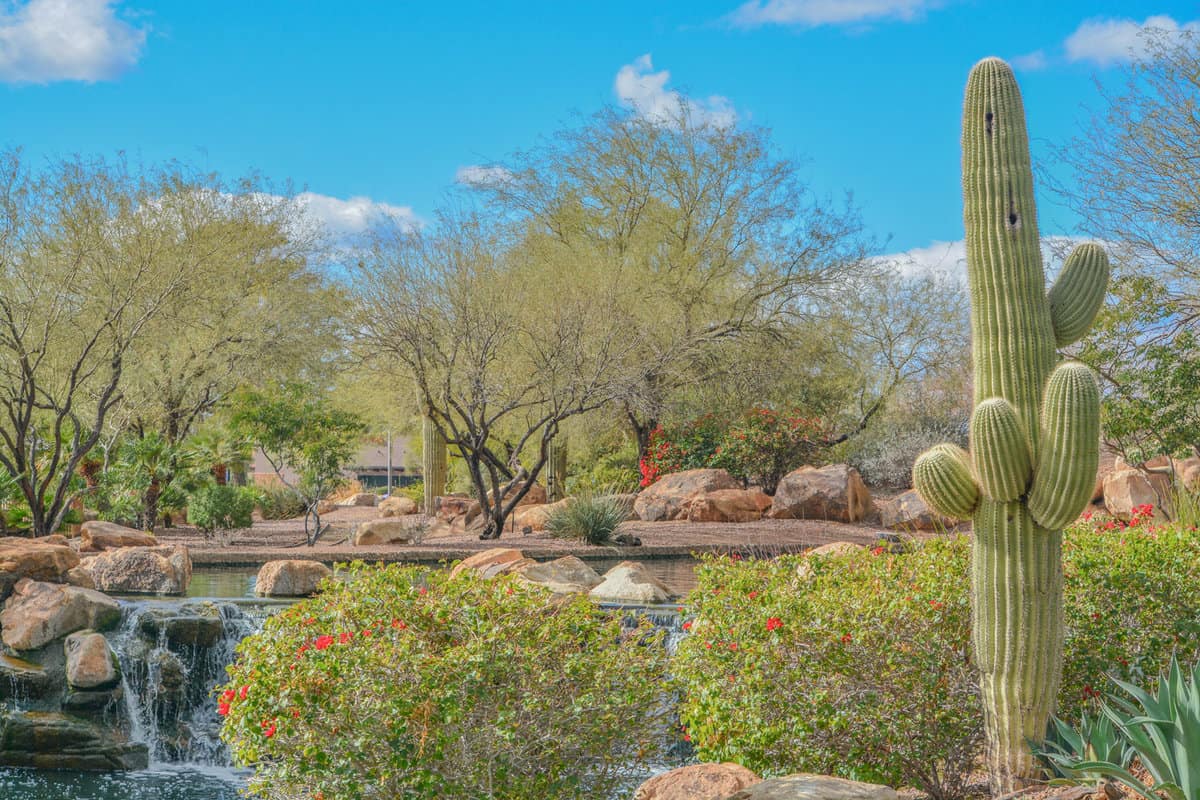
Saguaros thrive in hot, arid environments which makes them perfect for the Zone 12 landscape.
2. Joshua Tree
Joshua trees are unique, tree-like yuccas native to the Mojave Desert. They have twisted, spiky branches, and they can reach heights of up to 40 feet.
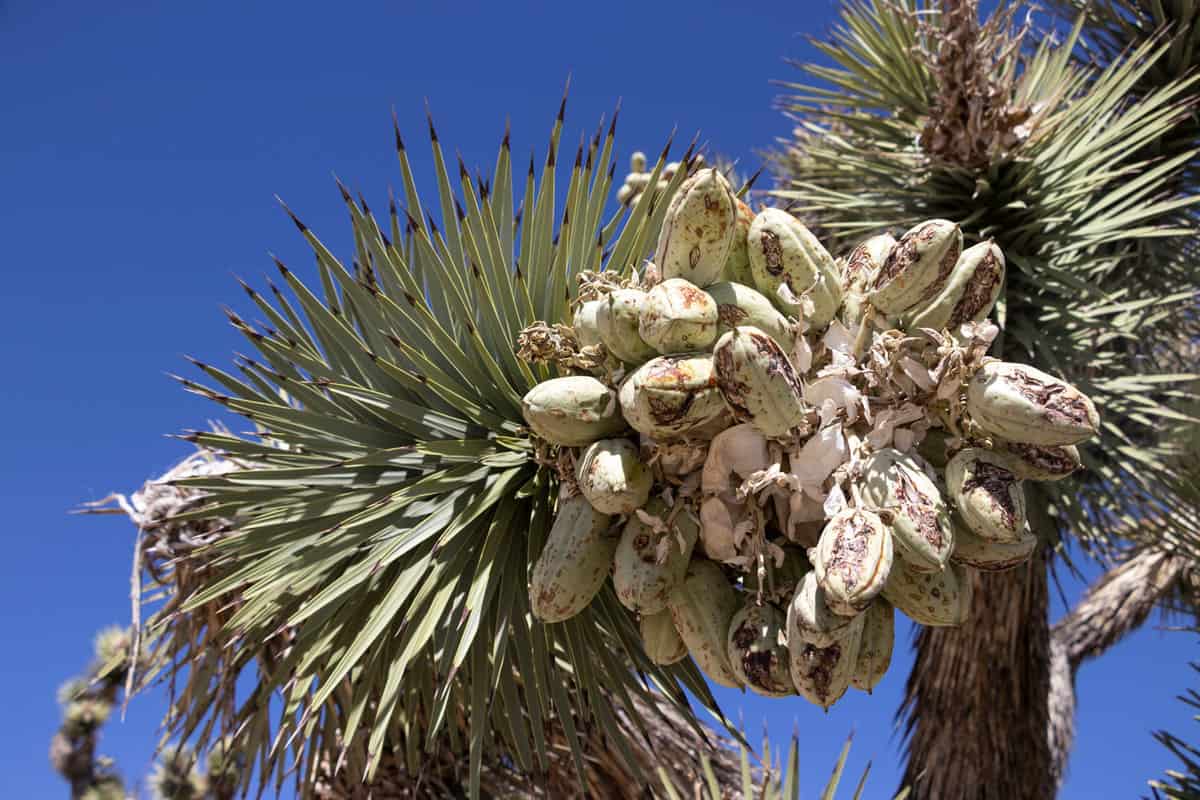
These resilient plants require minimal water and can survive extreme heat, making them perfect for your Zone 12 garden.
3. Desert Willow
Add a touch of color and beauty with the desert willow. This small tree produces attractive, trumpet-shaped flowers in shades of pink or purple.

It is well-adapted to dry climates and is relatively low-maintenance, requiring only occasional watering.
4. Golden Barrel Cactus
For a striking addition to your landscape, consider the golden barrel cactus.

This slow-growing, spherical cactus can grow up to 3 feet in diameter and produces vibrant yellow flowers.
Its low water needs make it well-suited for the harsh conditions of Zone 12.
5. Curve Leaf Yucca
The curve leaf yucca is an attractive, versatile plant with stiff, blue-green leaves that form a rosette and curve inward.
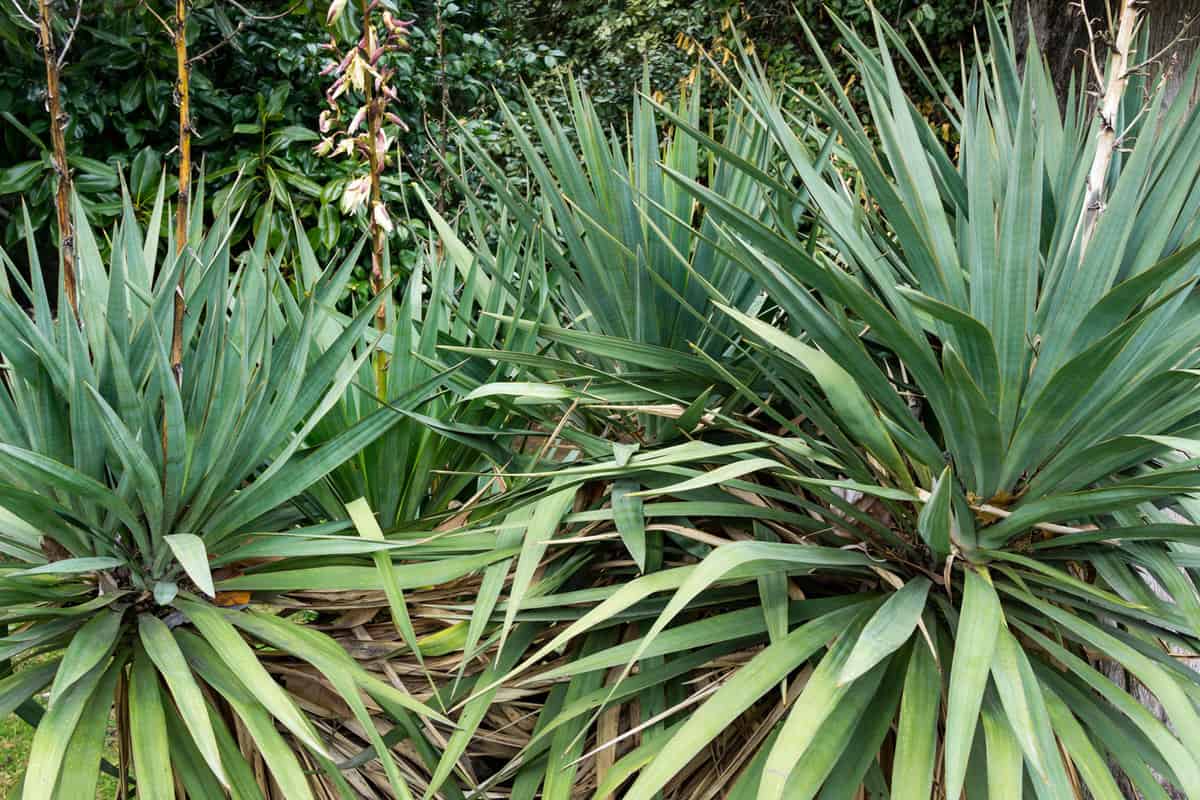
It thrives in full sun and can tolerate both heat and drought, making it a fantastic addition to your Zone 12 garden.
6. Bird of Paradise
Add a touch of the tropics with the bird of paradise plant.
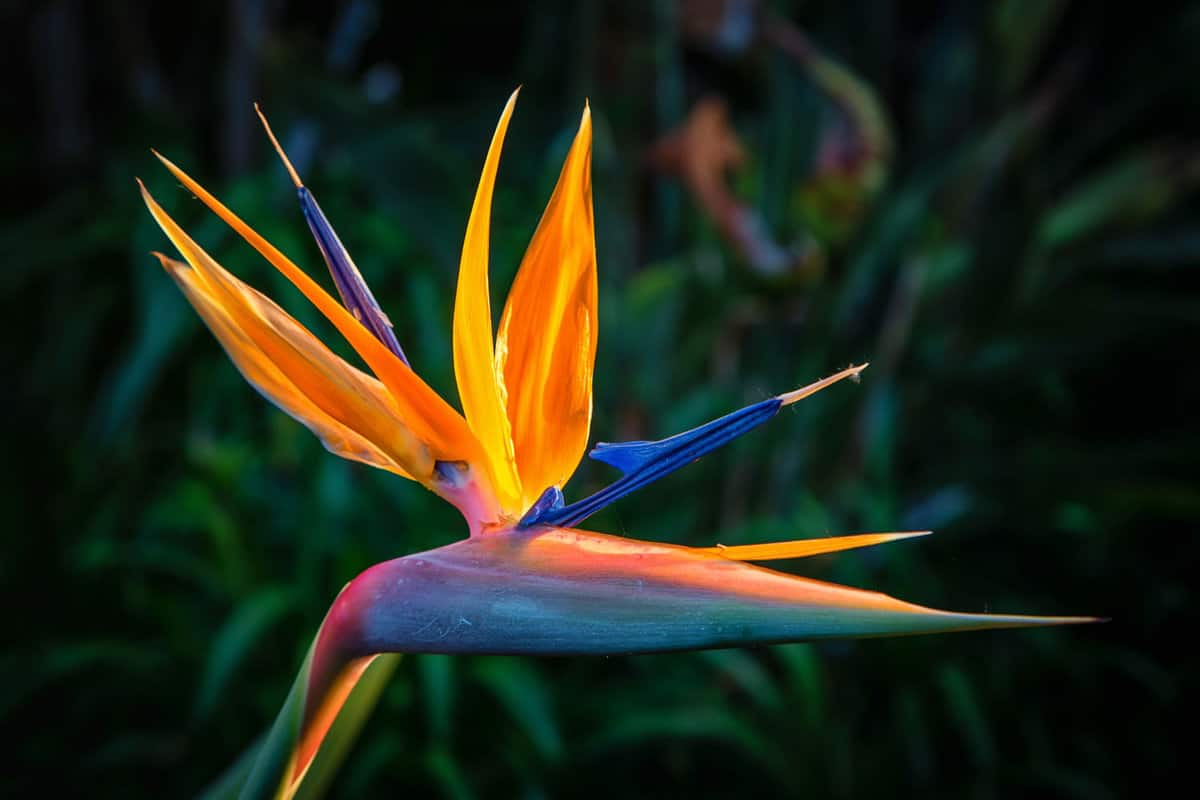
Known for its striking, exotic flowers that resemble birds in flight, this plant is well-adapted to handle hot, sunny environments—perfect for zone 12.
7. Fox Tail Agave
The fox tail agave is a unique, eye-catching, easy-to-grow plant, with leaves that form a rosette surrounding the central stem.
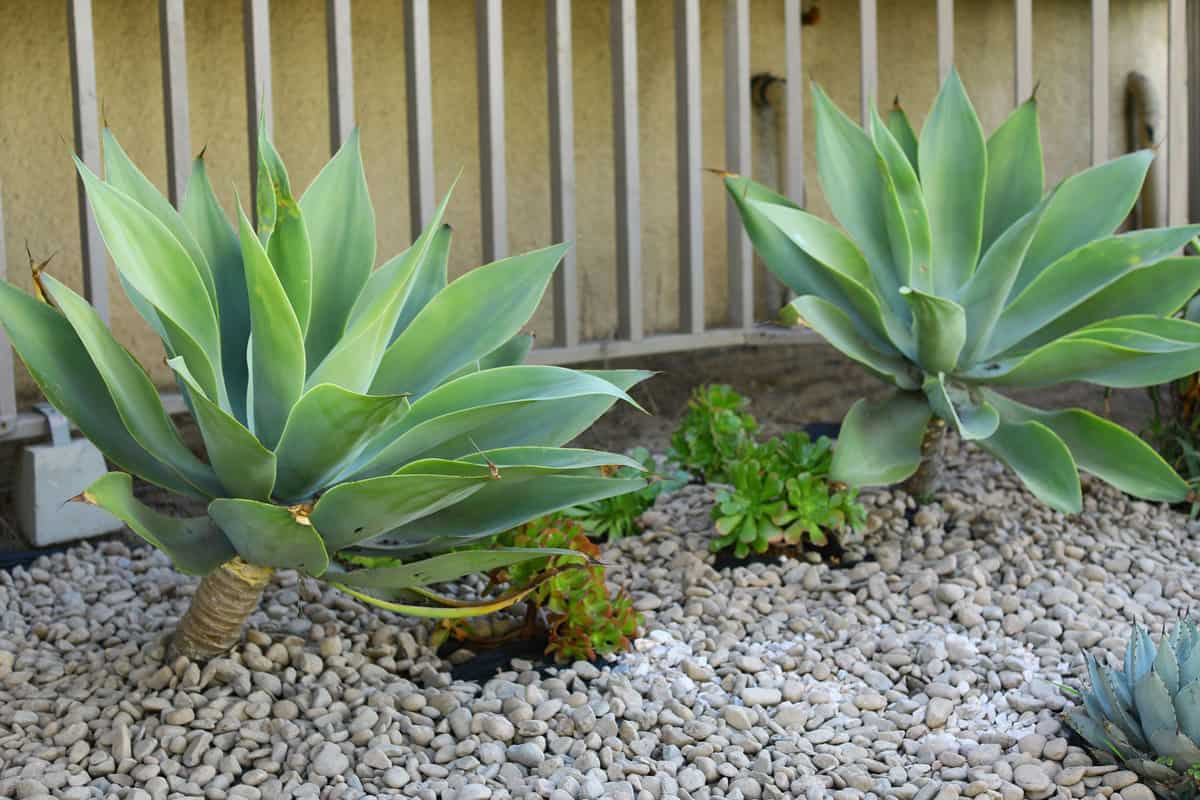
When it blooms, the "foxtail" flower spike can reach heights of up to 10 feet. This low-maintenance plant is ideal for your Zone 12 landscape.
8. Texas Sage
Texas sage is a hardy, evergreen shrub with beautiful silver foliage and violet-purple flowers.
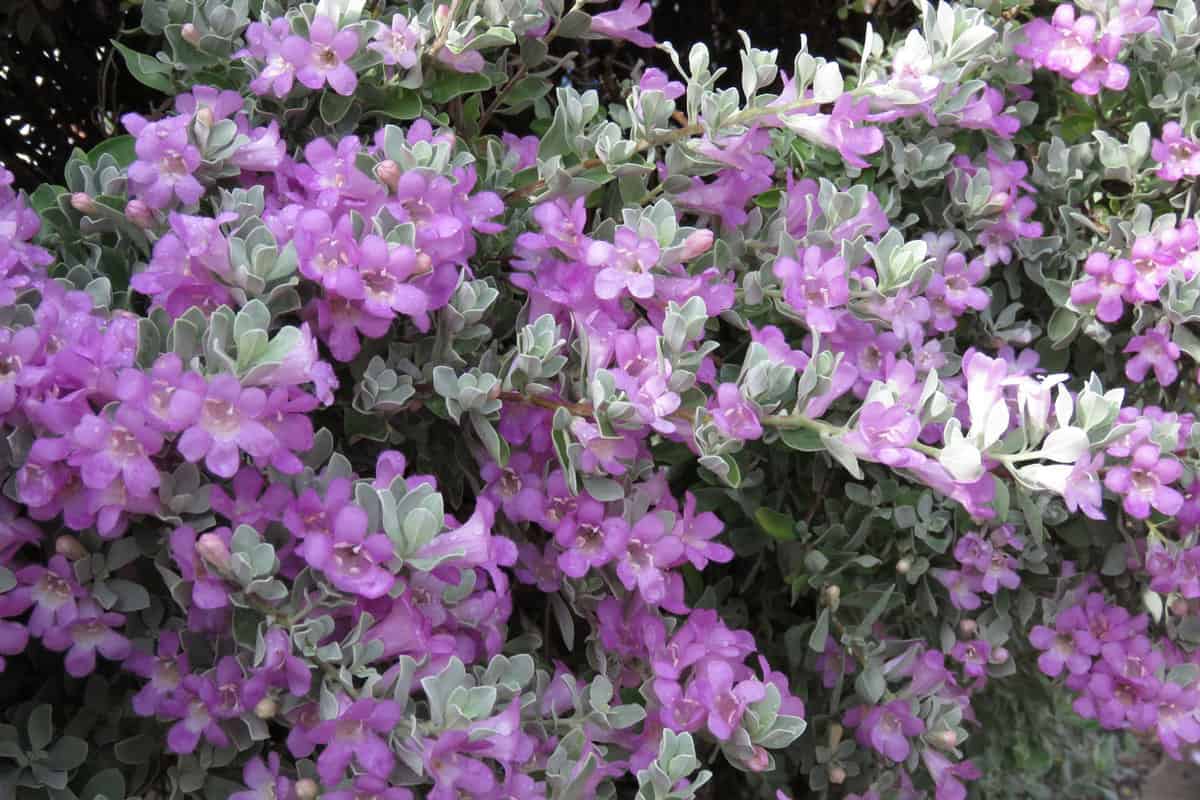
It thrives in hot, sunny conditions and requires very little water, making it an excellent choice for your drought-tolerant Zone 12 garden.
9. Oleander
Oleander is a beautiful and drought-tolerant flowering shrub, known for its big fragrant blooms—from white to pink, red, or yellow.
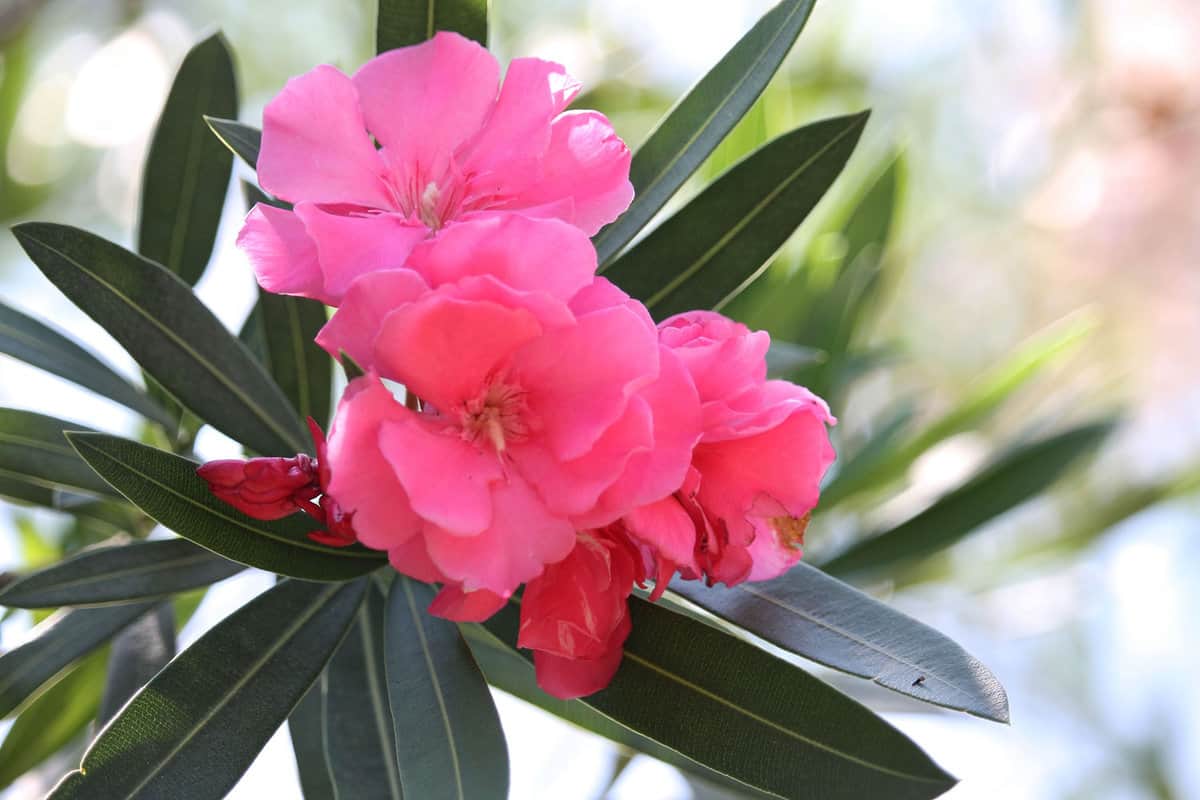
However, be aware that this plant is highly toxic if ingested, so it might not be the best choice if you have pets or young children.
10. Red Pancake
Finally, add a splash of color with the unique red pancake plant.
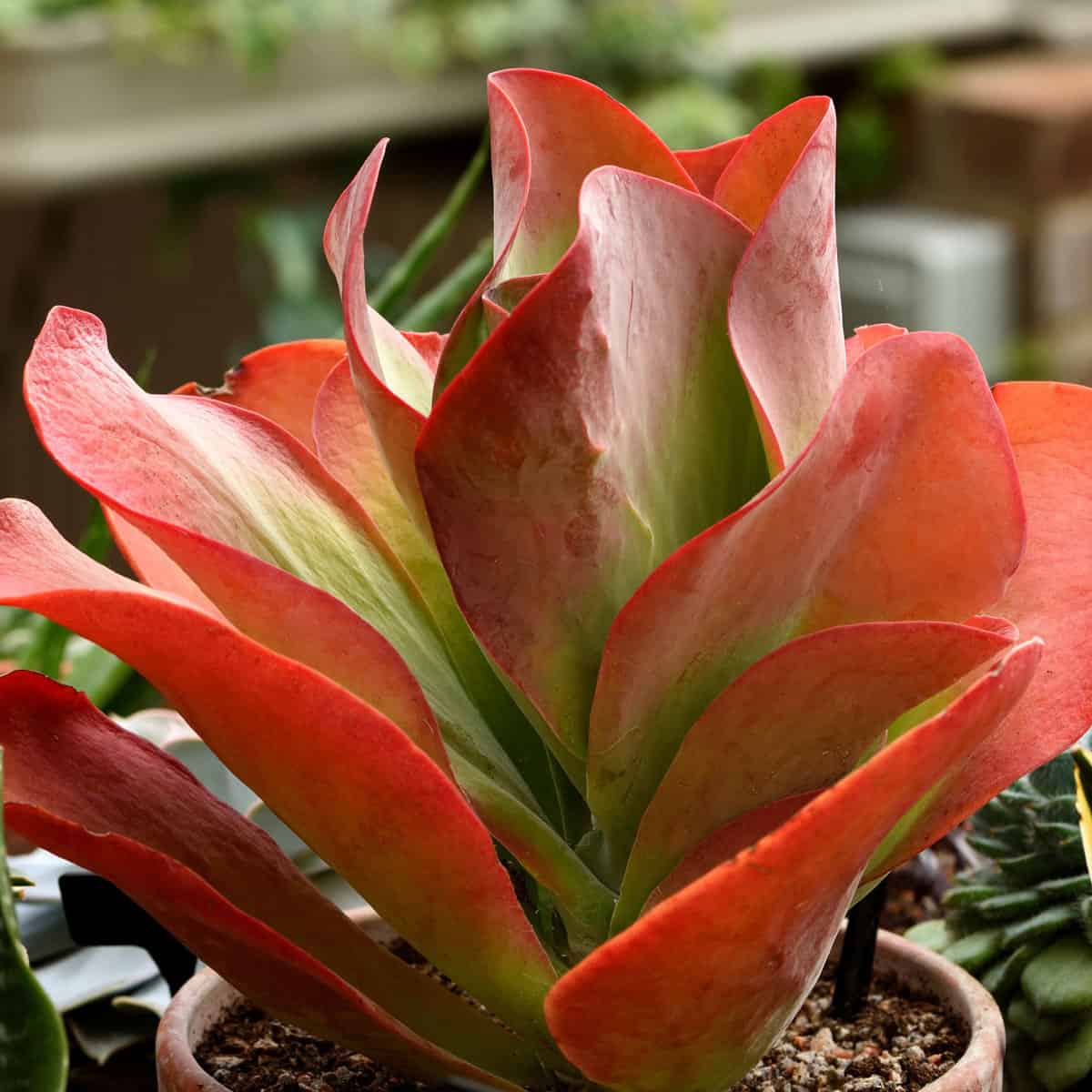
Its fleshy, round leaves are vibrant red with green edges, and it produces small, inconspicuous flowers.
This low-maintenance, drought-tolerant succulent is perfect for your Zone 12 garden.
Plant Care and Maintenance
Caring for desert plants in Zone 12 means acknowledging their unique needs, which differ from common plants.
This guide highlights the key factors for your desert plants to thrive.
Light Requirements
Desert plants thrive in full sunlight, so choose a location in your Zone 12 landscape that offers at least 6-8 hours of direct sunlight per day.
Soil Considerations
Planting in well-drained soil is crucial for desert plants to thrive.

Amend heavy, clay soils with organic matter, such as compost, to improve drainage and aeration.
Ideal soil pH ranges from 6.0 to 8.0. Test your soil to ensure it supports your plant selections.
Watering
Proper watering is a key factor in maintaining a low-maintenance desert landscape.
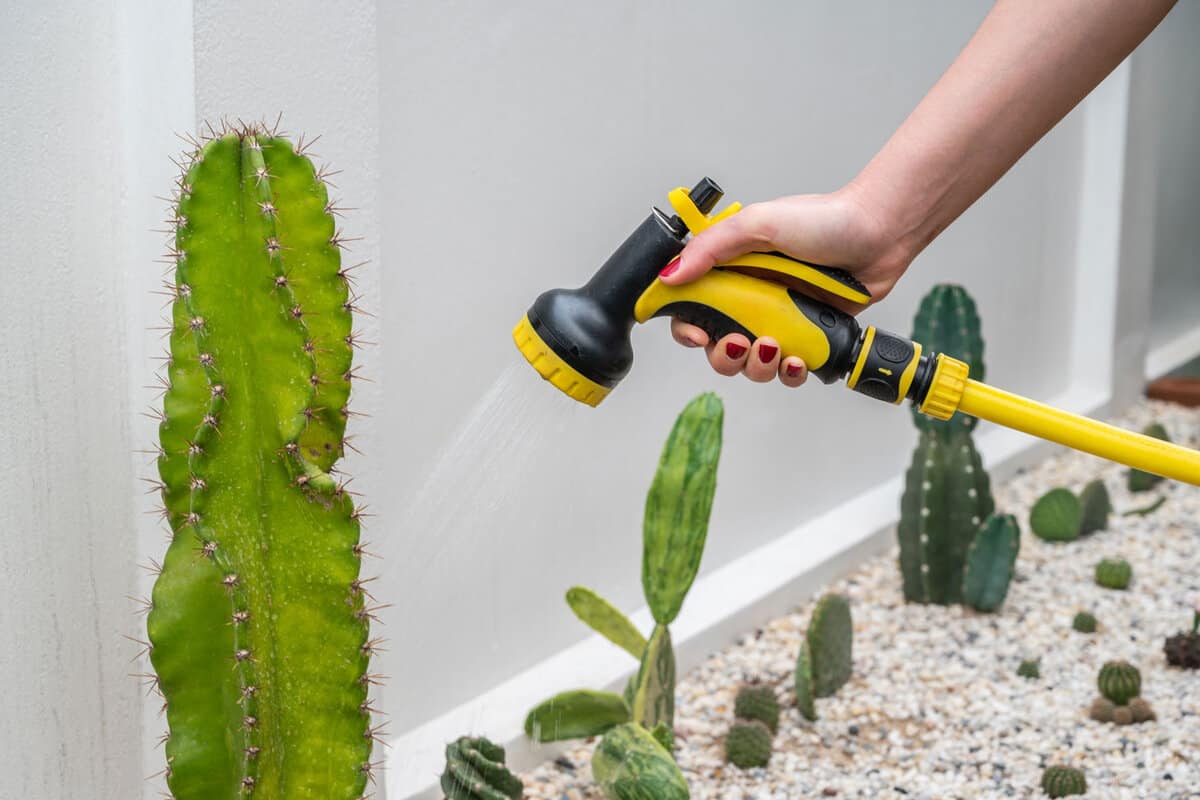
Since desert plants are adapted to arid environments, they require less water than other types of plants.
Water deeply but infrequently to encourage root growth.
For example, watering recommendations suggest wetting the soil to a three-foot depth for trees, a two-foot depth for shrubs, and a one-foot depth for smaller plants.
Mulch
Mulch is necessary for controlling soil temperature, conserving moisture, and preventing weeds in your landscape.

Opt for organic mulch materials, like wood chips or bark, which break down over time and improve soil structure.
Apply a 2-3 inch layer around the plants, being careful not to pile mulch against stems or trunks, which could lead to disease.
A Thriving Desert Oasis Awaits
To create a thriving desert garden in Zone 12, select plants compatible with your environment.
Consider sustainable design elements like water conservation and soil health.
Pay attention to your landscape's microclimates and sunlight patterns for optimal plant selection.
By adhering to these guidelines, you'll witness your arid landscape transform into a thriving desert paradise.
Read our articles below to learn more about plants where you live:
A Detailed Guide to 13 USDA Plant Hardiness Zones—Zone In On Your Garden
